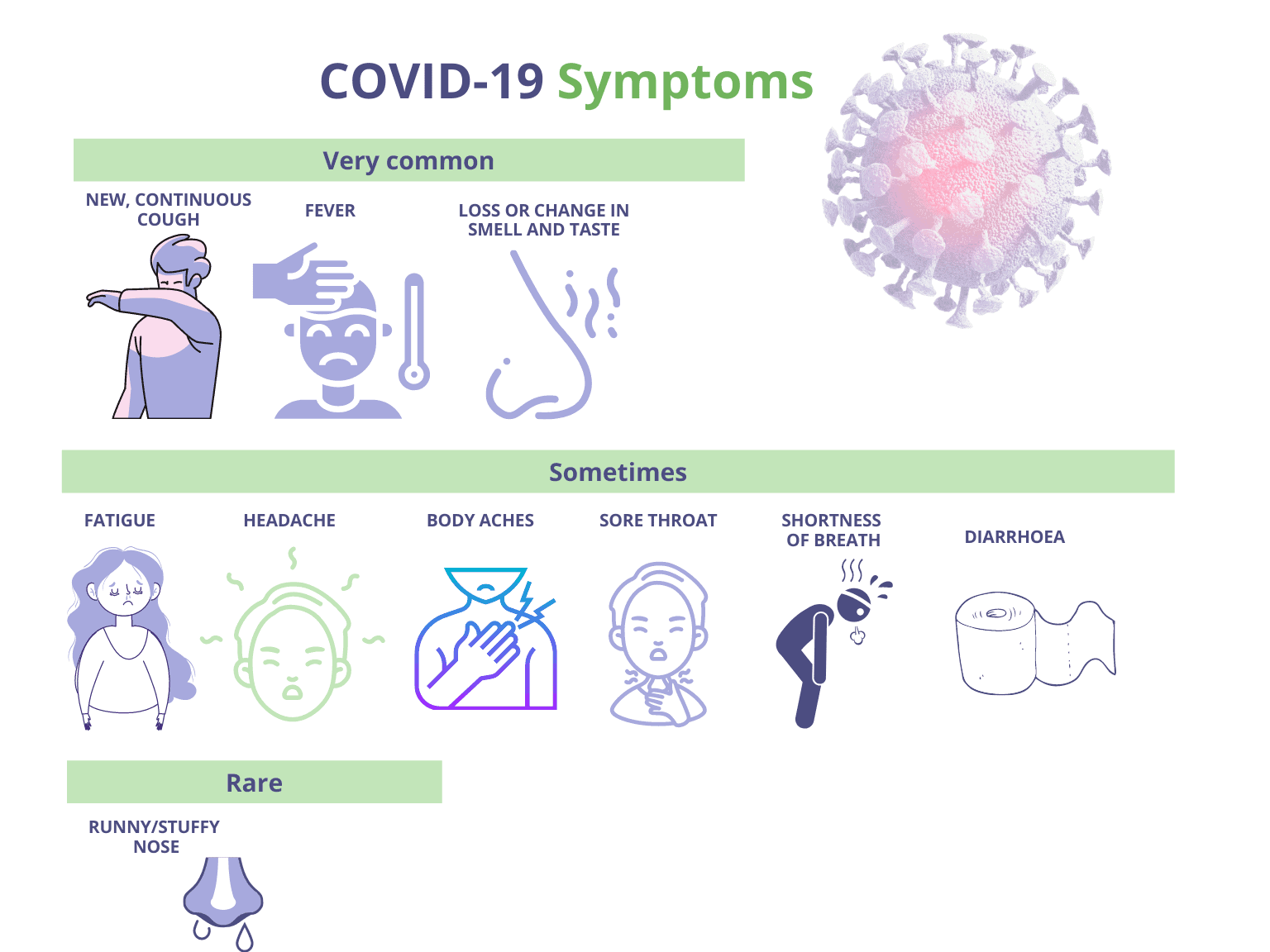COVID-19 Timeline
The beginning
The coronavirus which is causing the 2020 pandemic was first detected in Wuhan, China in December 2019 and has been named SARS-COV-2. It is the causative agent of the disease known as COVID-19.
This virus is a novel, positive sense single stranded RNA virus of the family of viruses known as the Coronavidiae, named because of crown like spikes on their surface structures.
This particular strain has spread worldwide, now being established by the WHO as a pandemic. It causes severe complications in either the elderly or people suffering with co-morbidity factors such as obesity, diabetes or immunosuppression.
More than "just a common cold"
Coronaviruses are one of the viruses that are associated with the “common cold”. First identified in the 1960s, there are seven coronaviruses that can infect humans:
a) 229E (an alpha coronavirus)
b) NL63 (an alpha coronavirus)
c) OC43 (a beta coronavirus)
d) HKU1 (also a beta coronavirus).
Importantly, the potential of this virus type to move from animal hosts has been shown with MERS-CoV (the beta coronavirus that causes Middle East Respiratory Syndrome), SARS-CoV (the beta coronavirus that causes severe acute respiratory syndrome, or SARS) and of course now SARS-CoV-2, the causal agent of coronavirus disease 2019 or COVID-19.
Despite being “cousins” with the flu and the common cold, COVID-19 can be a lot more dangerous. It can spread “silently” through asymptomatic transmission, cause severe illness in the elderly or the immunocompromised and have long-term effects on a person’s health.
Symptoms
By this point, most of us know we should look out for a fever, dry cough, and loss or change in taste of smell.
However, as our table shows, there are other symptoms to be mindful of.
It can take up to 14 days for COVID-19 symptoms to develop.
Transmission
The mode of transmission is mainly associated with respiratory droplets. However, transmission via aerosols, contaminated body parts (hence the need for hand washing) or inert surfaces (e.g. door handles) may occur.
From transmission to recovery: A COVID-19 timeline
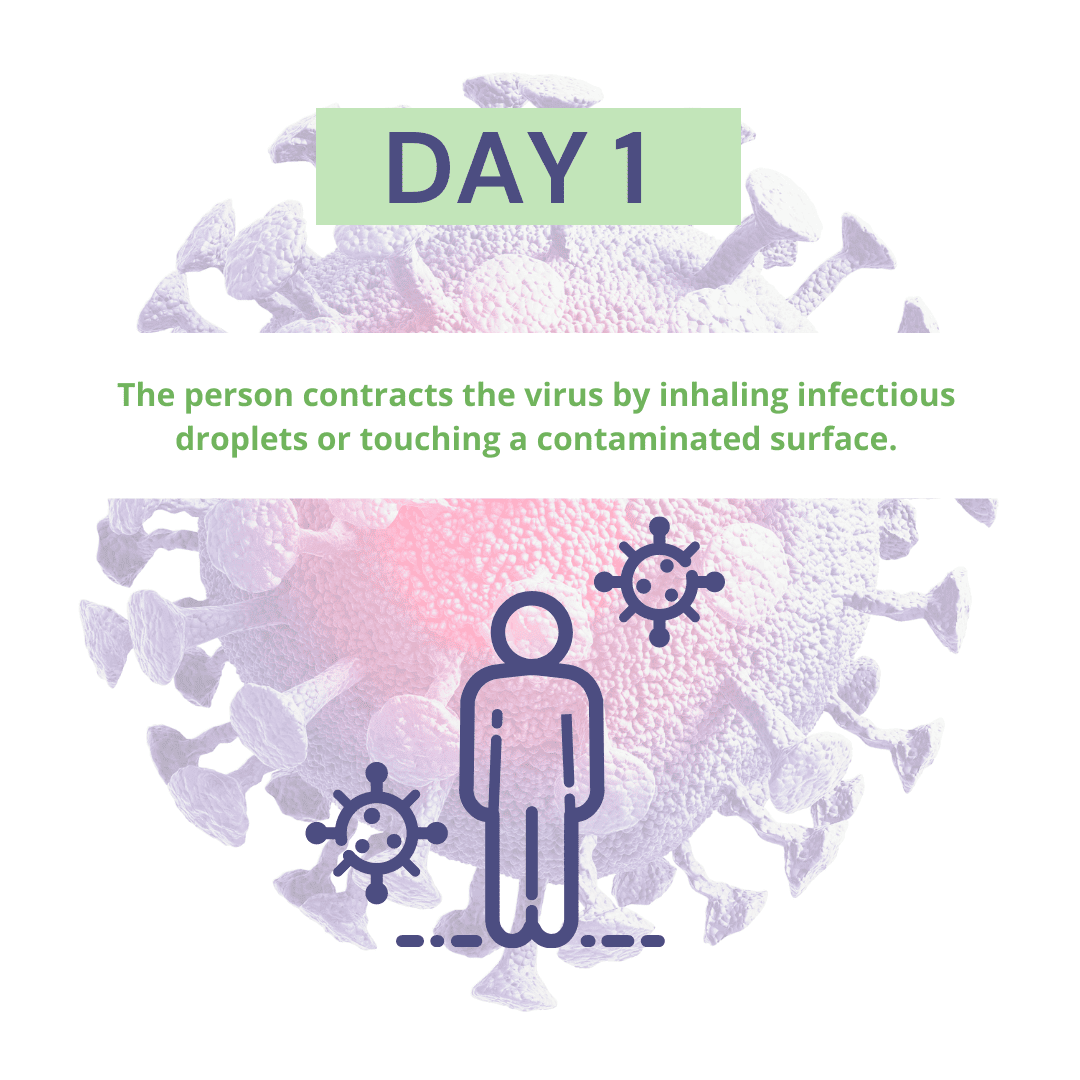
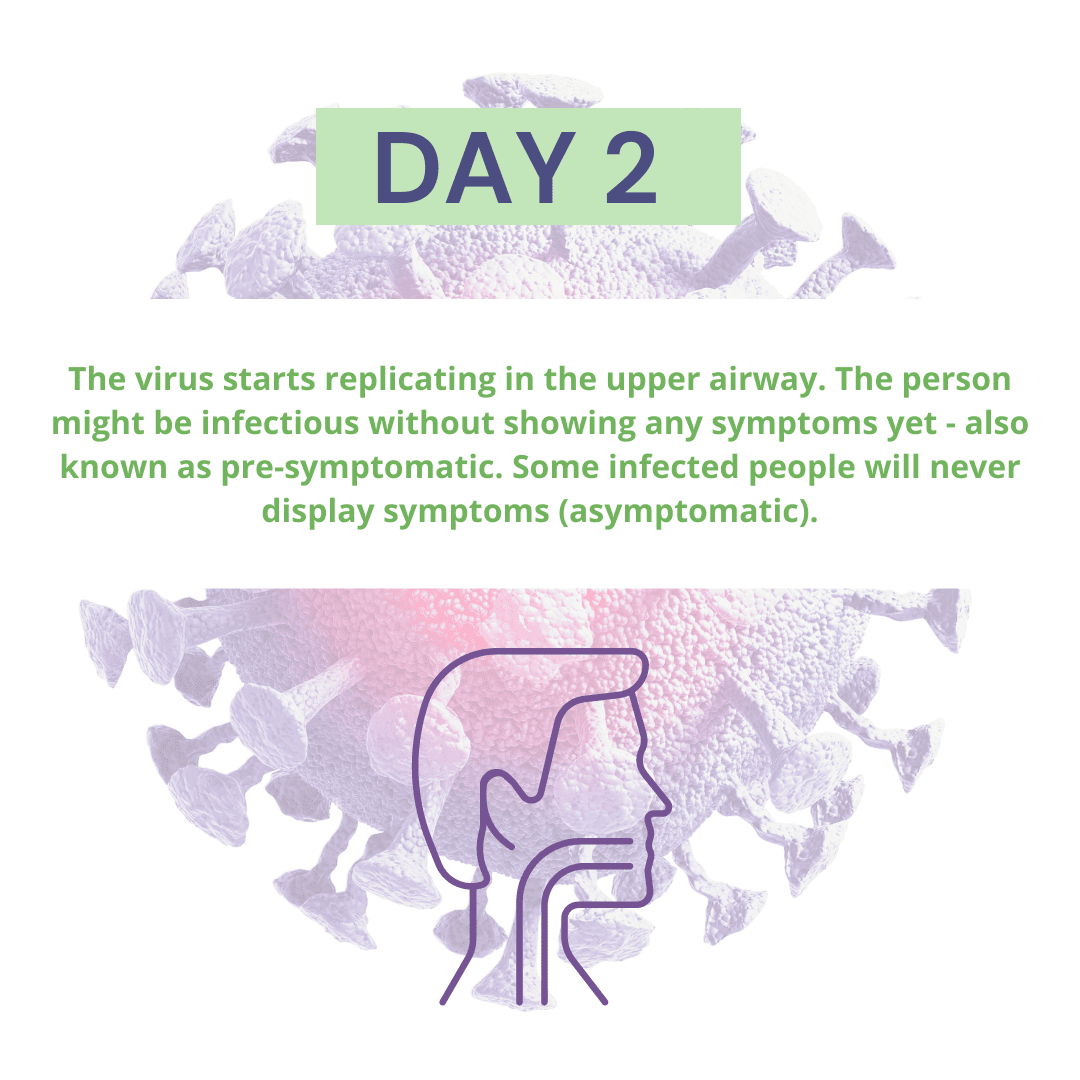

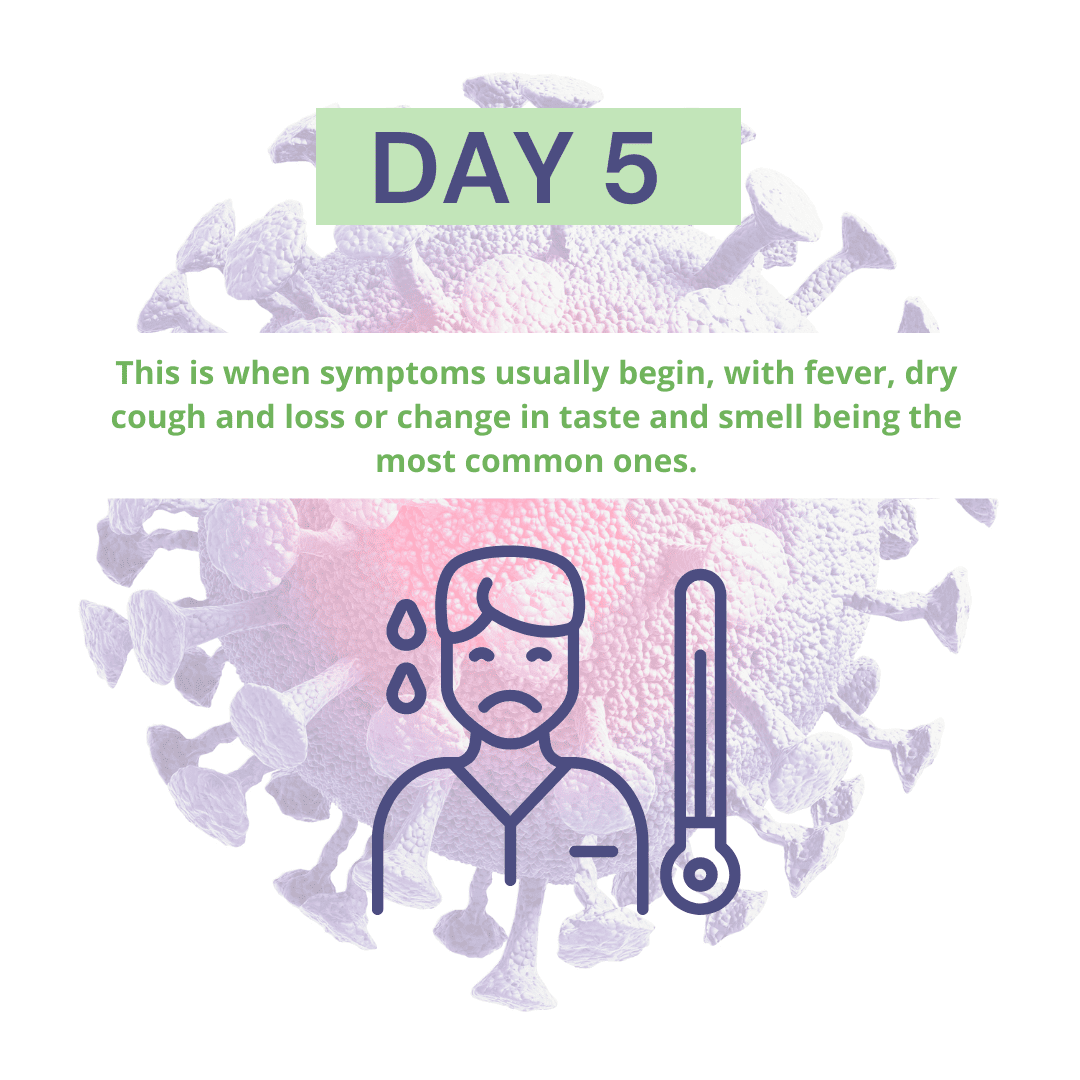
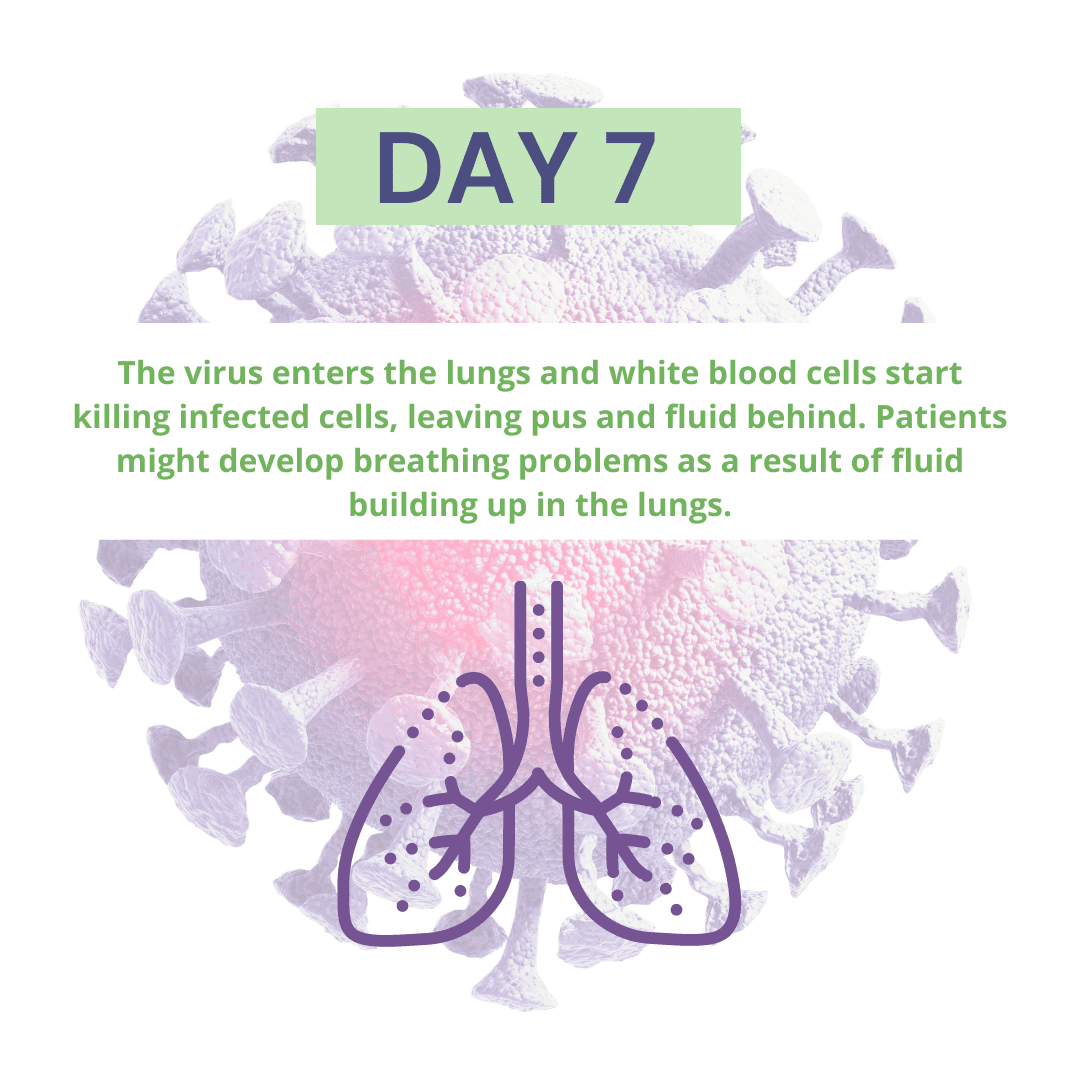
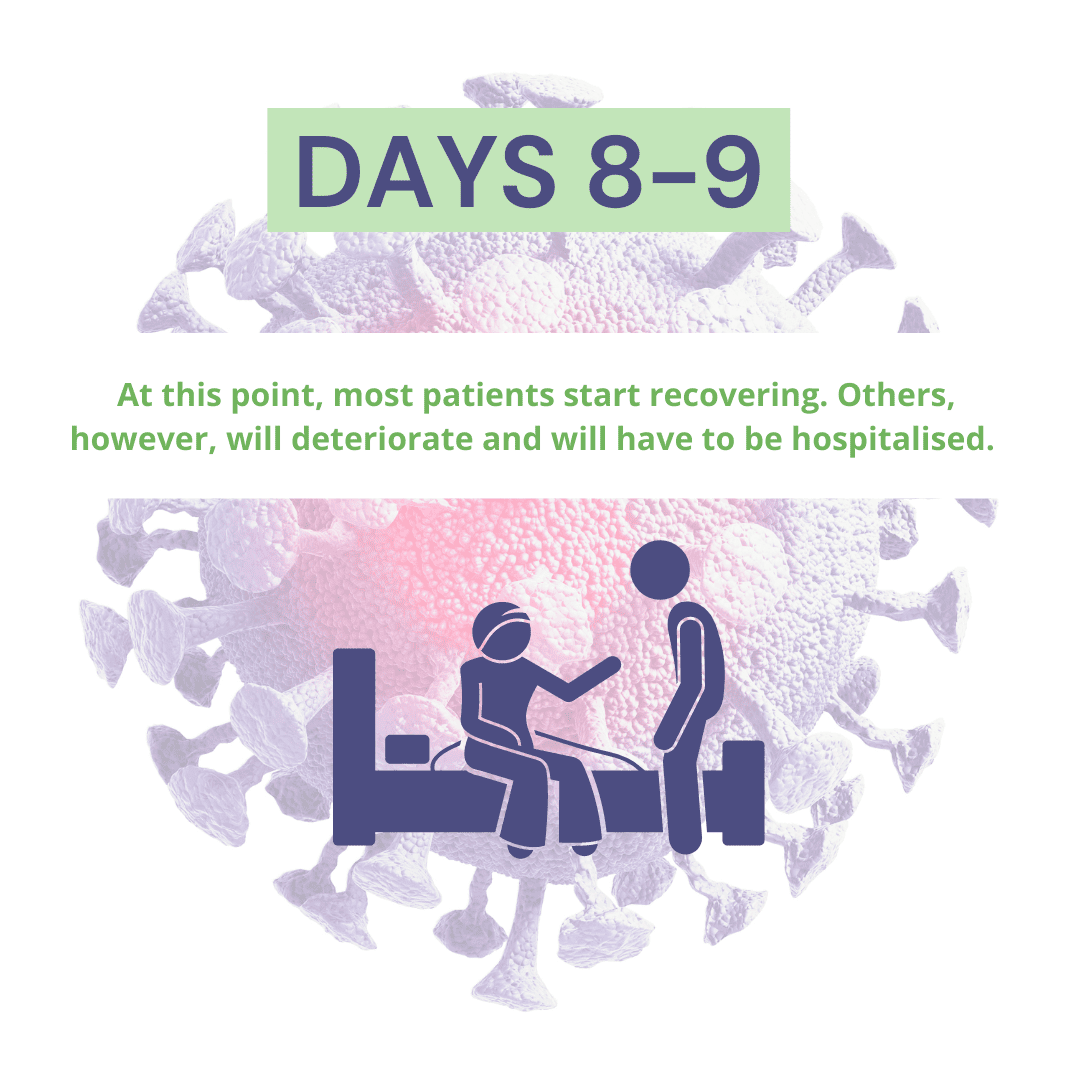
COVID-19 in the UK

The first cases of the novel coronavirus in the UK were found in York at the end of January. They were two Chinese nationals from the same family who were staying at a hotel in the city.
Just a month later, the first cases of community transmission in the UK were detected. This means the patients had not been in contact with anyone who had recently travelled to a virus hotspot or with another sick person when they contracted the disease.
A study has suggested the first known person to catch the disease in the UK was a 75-year-old woman from Nottinghamshire, who tested positive on 21 February.
Since then, transmission started to increase rapidly. The rising caseload resulted in a nationwide lockdown on 24 March – and life as we knew it ground to a halt.
Restrictions were gradually eased over the summer, but a resurgence of COVID-19 cases in September and October has brought stricter rules in some areas.
More resources
If you’re interested in the latest academic literature on COVID-19, we recommend you check out these COVID-19 research updates from Nature.
Want to know the latest number of coronavirus cases in the UK? Click here for the latest COVID-19 data from the British government.
Need something more local? Durham County Council’s COVID-19 surveillance dashboard could be for you.

